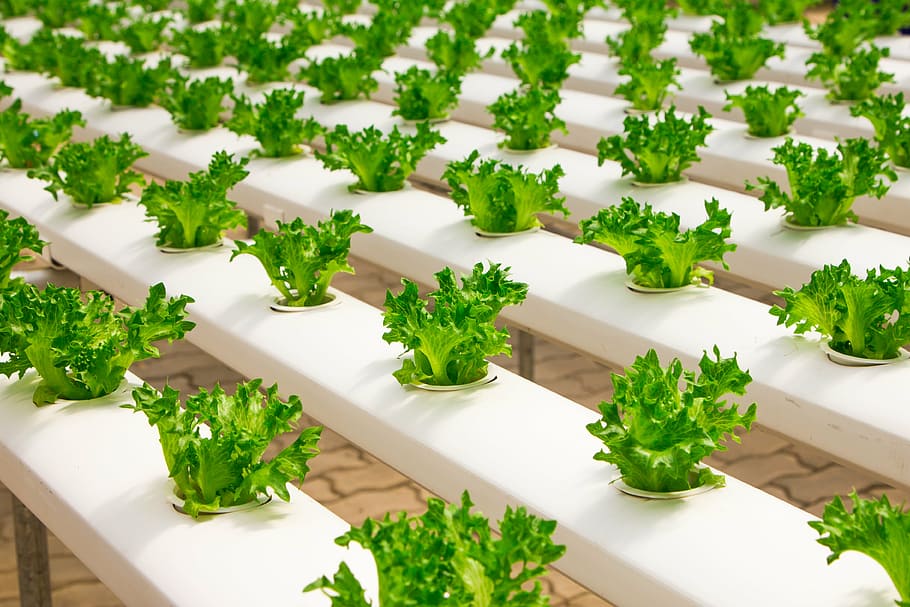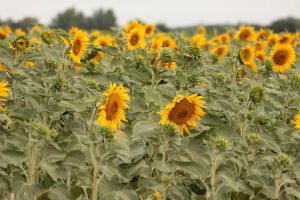Latest released the research study on Global Organic Farming Market, offers a detailed overview of the factors influencing the global business scope. Organic Farming Market research report shows the latest market insights, current situation analysis with upcoming trends and breakdown of the products and services. The report provides key statistics on the market status, size, share, growth factors of the Organic Farming Market. The study covers emerging player’s data, including: competitive landscape, sales, revenue and global market share of top manufacturers.
Top players in Global Organic Farming Market are:
Picks Organic Farm (United Kingdom),Organic Farmers Co. (India), The Indian Organic Farmers Producer Company Limited (India), Bayer AG (Germany),Camson Bio Technologies Limited (India),ZUWA Organic Farms Pvt Ltd (India),The Monsanto Company (United States),Blue Yonder GmbH (Germany),Vero-Bio (Netherlands),Bunge (United States)
Brief Overview on Organic Farming
Organic farming is defined as the agricultural system which uses biological fertilizers derived from the plant as well as animal wastes. It mainly improves agro-ecosystem health that includes soil biological activity, biodiversity, as well as the biological cycle. The numerous benefits of using organic farming for agriculture, such as soil fertility, combats soil erosion and reduces the greenhouse gas emission as compared to other forms of agriculture
Recent Development in Global Organic Farming Market:
In 2016, According to the United States Department of Agriculture, the farms in the United States is produced and sold more than USD 7.6 billion in organic commodities which are certified. Therefore, this will, in turn, propel the growth of the organic farming market.
In 2014, According to an article published by Research Institute of Organic Agriculture (India), more than 44.4 million hectares of land is occupied by organic agricultural activities. Hence, it will affect the growth of the market in the future.
The Global Organic Farming Market segments and Market Data Break Down are illuminated below:
Study by Application (Agricultural Companies, Organic Farms), Crop Type (Fruits, Vegetables, Oilseed & Pulses, Others), Farming Type (Pure Organic Farming, Integrated Organic Food), Method (Crop Diversity, Soil Management, Weed Management, Controlling, Other Organisms)
Market Drivers
- Growing Farm Labor Issues Owing to Higher Costs and Availability
- Favorable Government Initiatives to Propel the Adoption of Organic Farming
- Improving Profitability in Farming through the Adoption of Advanced Technologies
Market Trend
- Technology Advancement in Organic Farming
Market Challenges
- Lack of awareness regarding organic farming
Market Restraints:
- Limited Technical Knowledge Possessed By Farmers toward Organic Farming
- Issue related to Low Adoption Rate of Organic Farming
Market Opportunities:
- Rising Demand from Emerging Economics such as China and India
Region Included are: North America, Europe, Asia Pacific, Oceania, South America, Middle East & Africa
Country Level Break-Up: United States, Canada, Mexico, Brazil, Argentina, Colombia, Chile, South Africa, Nigeria, Tunisia, Morocco, Germany, United Kingdom (UK), the Netherlands, Spain, Italy, Belgium, Austria, Turkey, Russia, France, Poland, Israel, United Arab Emirates, Qatar, Saudi Arabia, China, Japan, Taiwan, South Korea, Singapore, India, Australia and New Zealand etc.
Analyst at AMA have conducted special survey and have connected with opinion leaders and Industry experts from various region to minutely understand impact on growth as well as local reforms to fight the situation. A special chapter in the study presents Impact Analysis of COVID-19 on Global Organic Farming Market along with tables and graphs related to various country and segments showcasing impact on growth trends.
Data Sources & Methodology
The primary sources involve the industry experts from the Global Organic Farming Market including the management organizations, processing organizations, analytics service providers of the industry’s value chain. All primary sources were interviewed to gather and authenticate qualitative & quantitative information and determine the future prospects.
In the extensive primary research process undertaken for this study, the primary sources – Postal Surveys, telephone, Online & Face-to-Face Survey were considered to obtain and verify both qualitative and quantitative aspects of this research study. When it comes to secondary sources Company’s Annual reports, press Releases, Websites, Investor Presentation, Conference Call transcripts, Webinar, Journals, Regulators, National Customs and Industry Associations were given primary weightage.
Source: https://bit.ly/32hDwlN


